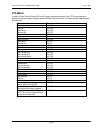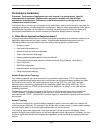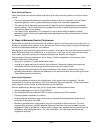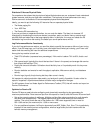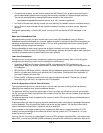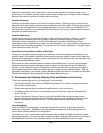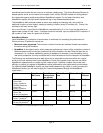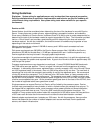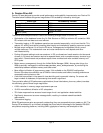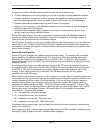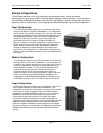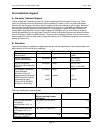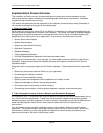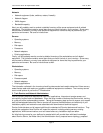
A. Domino R5 on AIX
Domino R5 was designed to provide overall performance and scalability improvements over Domino R4.
The table below illustrates the general magnitude of R5's scalability increase by client type:
500%NRPC (UNIX)
1,500% on UNIXWeb Mail
500%IMAP
400%POP3
300%Lotus Notes
®
R5 Scalability IncreaseClient Type
The above enhanced performance is due to the following changes made in Domino R5:
Ÿ Optimization of the database format (the On Disk Structure or ODS) to minimize I/O contention. With
R5, writes to disk are fewer and more efficient.
Ÿ Transaction logging. In R5, database operations are recorded sequentially, not all over the disk. This
reduces I/O activity levels while increasing data integrity and dramatically speeding up server re-start.
Ÿ Multiple server mailboxes. On a Domino R5 server, messages can be deposited into any one of
multiple mailboxes. This reduces both user and router contention for mail deposits and other
mail-related activity.
Ÿ Pooling of threads relating to end-user sessions. In R5, one thread can handle sessions for thousands
of users. In R4, each user session required a separate thread, and a complete memory structure to go
along with it. Fewer threads and processes equals lower overhead and more available memory and
CPU cycles.
Ÿ Better memory management, through the Unified Buffer Manager (UBM). Among other things, the
UBM dynamically manages the notorious NSF_Buffer_Pool_Size parameter, by monitoring the
relationship between available memory and buffer sizes.
Ÿ More efficient utilization of large memory areas. If it's available on the RS/6000 configuration,
Domino R5 makes more efficient use of RAM for internal caches and buffers, boosting performance
compared to storing items on disk.
Ÿ A two-fold improvement in the speed of view rebuilding and incremental indexing. On servers with
large numbers of databases, the processing time saved is significant.
The cumulative effect of R5 performance optimizations (those listed above, plus many others) translate
into efficiency gains of these rough magnitudes:
Ÿ A 30% reduction in memory usage requirements per user
Ÿ 10-20% more efficient utilization of I/O subsystems
Ÿ 75% faster response times across a broad range of mail- and application-related activities
Ÿ Significantly less server-to-server message traffic, resulting in reduced network bandwidth
requirements
Ÿ Transactional logging
While R5 performance gains are generally outstanding, they are comparatively even greater on AIX. The
Domino R5 architecture is so inherently scalable that it can take full advantage of the powerful RS/6000
and pSeries computing platforms, including SMPs, gigabytes of memory and terrabytes of disk.
Lotus Domino Server R5 Implementation Guide June 18, 2001
Page 14



